Forgotten Pantry Pulses That Quiet Chronic Inflammation Better Than Berries
Chronic, low-grade inflammation quietly adds friction to daily life — stiffness, slower recovery, and less energy. Many people praise berries because of their antioxidant punch. Pulses deserve equal attention for different reasons. These pantry staples bring steady fiber, concentrated plant protein, resistant starch and a wide array of phytonutrients that support the microbiome and encourage balanced blood sugar. That balance helps lower inflammatory signaling over time. Pulses are affordable, shelf-stable and incredibly adaptable. They can be added to weeknight soups, tossed into salads, blended into spreads or sprouted to boost digestibility. Practical prep matters: soaking, rinsing canned beans, and sprouting can reduce compounds that bother some tummies while improving nutrient availability. In other words, pulses are not a replacement for berries; they’re a complementary strategy. Berries give quick antioxidant hits. Pulses support long-term gut and metabolic pathways that influence inflammation every day. We've expanded our list of forgotten or underappreciated pantry pulses — from familiar chickpeas to lupini beans — and explains how each can contribute to calmer inflammatory tone, how to prepare them for best results, and simple pairings to make them taste terrific. Use these ideas to rotate pulses into your weekly meals. Small, consistent changes — like adding a cup of lentils to a pot of soup or swapping mashed beans for some meat in a taco — add up. If you have a medical condition or take immunosuppressive medication, check with a clinician before making major dietary changes.
1. Red lentils (Masoor)

Red lentils are pantry heroes because they cook fast and blend into silky soups and dals. Their soluble fiber helps feed beneficial gut bacteria, and that fermentation produces short-chain fatty acids that support intestinal health and can help calm inflammatory signaling. They’re also a steady source of plant protein, folate and iron — nutrients that support recovery and cellular repair. For best results, rinse and pick over dried lentils, then simmer until tender; no long soak is needed. Try a quick red lentil soup with turmeric, garlic and lemon. Turmeric provides curcumin which works well when paired with a fat like olive oil to improve absorption. Because red lentils break down into a creamy texture, they’re excellent for weeknight meals when you want something nourishing and quick. If you’re watching sodium, reach for no-salt-added or rinsed canned versions. Small prep tweaks — including adding a splash of acid at the end of cooking — brighten flavors while keeping the meal gentle on digestion. These practical choices make red lentils an easy, everyday anti-inflammatory ally.
2. Brown/Green lentils (French/Le Puy style)
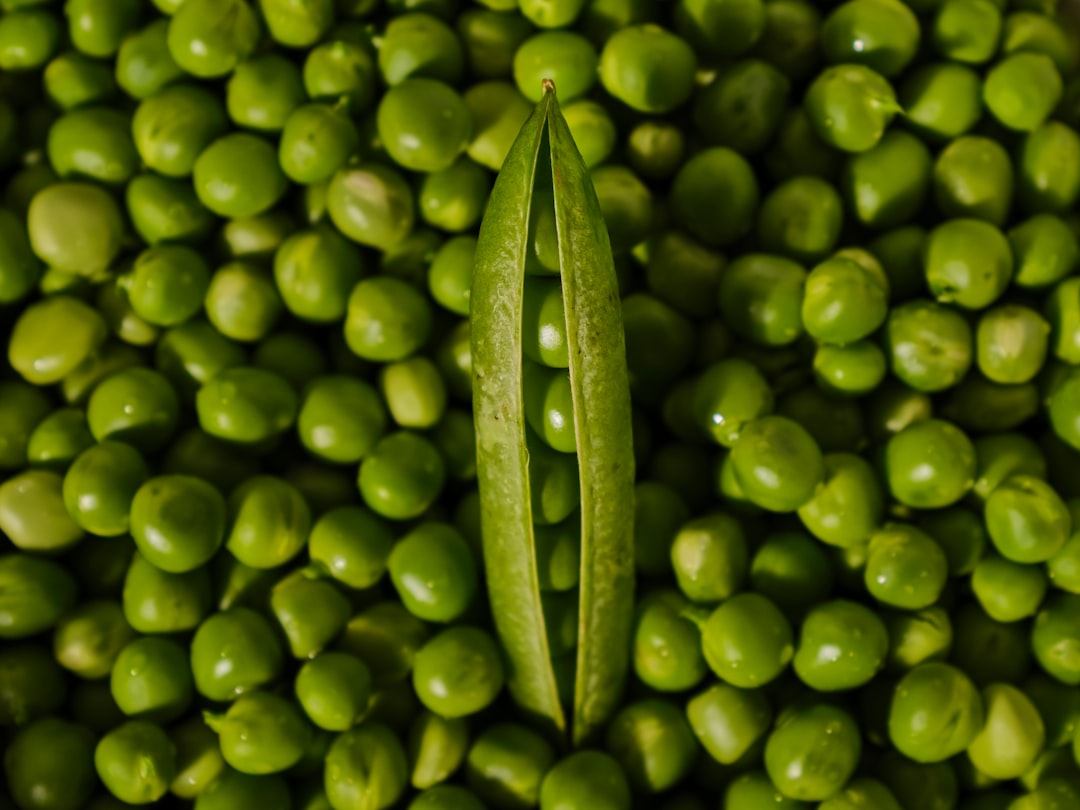
Green or brown lentils hold their shape after cooking, making them ideal for salads and hearty bowls. They contain resistant starch when cooked and cooled, which feeds microbes linked to reduced inflammation. That resistant starch supports steady blood sugar, and a tempered glucose response is an important part of long-term inflammation management. These lentils also offer manganese, iron and protein, helping you feel full and satisfied without spikes in appetite. Rinse before cooking and simmer gently until tender but firm. A simple green lentil salad with olive oil, lemon, chopped herbs and wilted greens is a quick way to combine anti-inflammatory fats and polyphenol-rich greens. If you’re batch-cooking, cool lentils on the counter briefly then refrigerate; use them over a few days in different dishes to add variety and consistent fiber to meals. This approach keeps the pantry practical and the plate interesting.
3. Black (Beluga) lentils
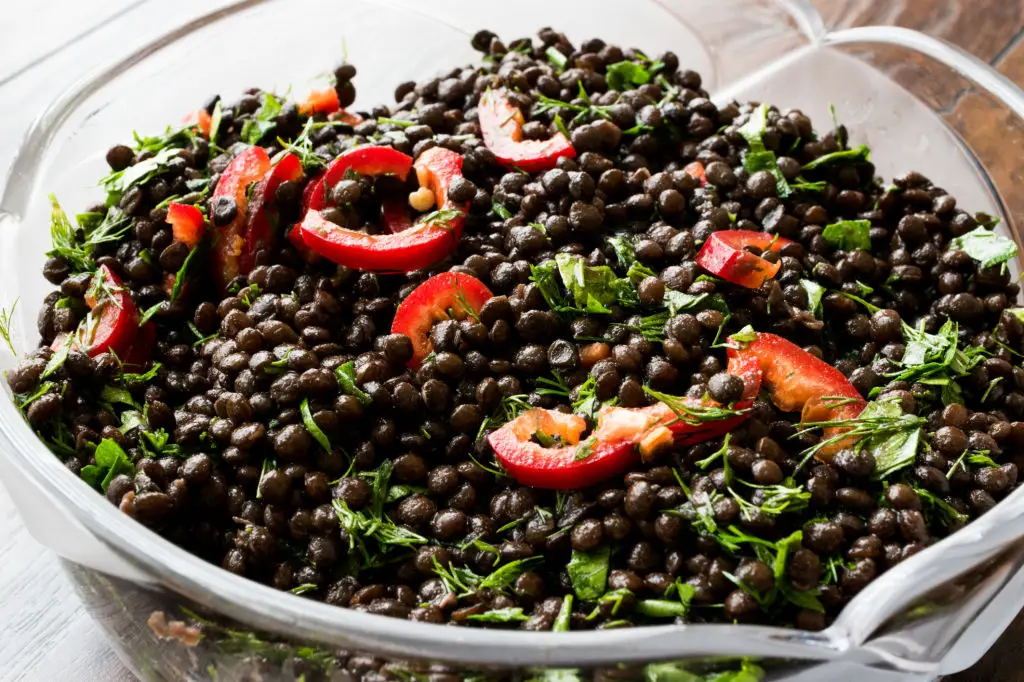
Beluga lentils are small, glossy and nearly black — a hint that they contain concentrated polyphenols. Those compounds have antioxidant activity that complements fiber’s gut benefits. Because beluga lentils hold their shape and have a pleasant, earthy flavor, they work well in composed salads, grain bowls and cold dishes where textures matter. They’re especially useful when you want a protein-rich base that won’t turn mushy. Cook gently, drain, and toss with finely chopped vegetables, toasted seeds and a drizzle of extra-virgin olive oil. Pairing with vitamin C–rich tomatoes or lemon helps iron absorption. Portioning cooked beluga lentils into single-serving containers makes it easy to add anti-inflammatory nutrition to lunches or quick dinners. Their visual appeal also makes plant-forward meals feel satisfying and celebratory rather than austere.
4. Chickpeas (Garbanzo beans)
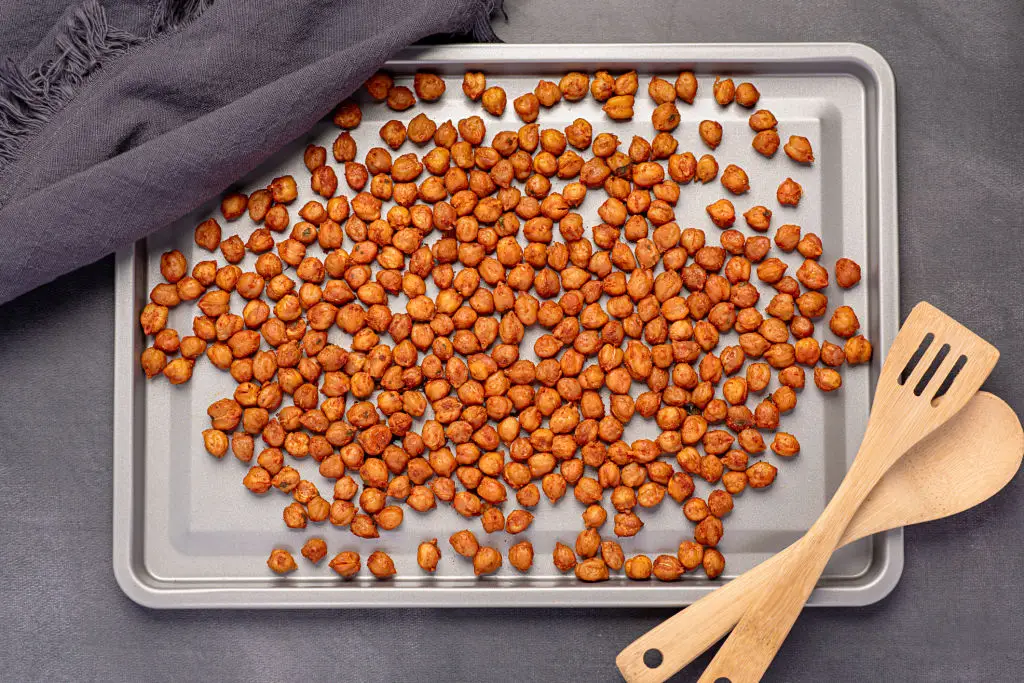
Chickpeas are one of the most versatile pantry pulses. They provide soluble fiber and resistant starch, both of which support the microbiome that helps regulate inflammation. Chickpeas are also slightly rich in saponins and other phytochemicals that have been studied for beneficial health effects. For anti-inflammatory meals, roast chickpeas with olive oil and smoked paprika for a crunchy snack or blend them with tahini and lemon for a hummus that pairs well with raw vegetables. Canned chickpeas are an accessible option — just rinse them well to reduce sodium and any canning liquids you don’t want. If you have digestion concerns, gently steaming or pureeing chickpeas makes them easier to tolerate. Combining chickpeas with omega-3 sources like a walnut topping, or with antioxidant-rich spices like turmeric and cumin, creates a balanced plate that supports both gut health and inflammatory moderation.
5. Split peas (green and yellow)
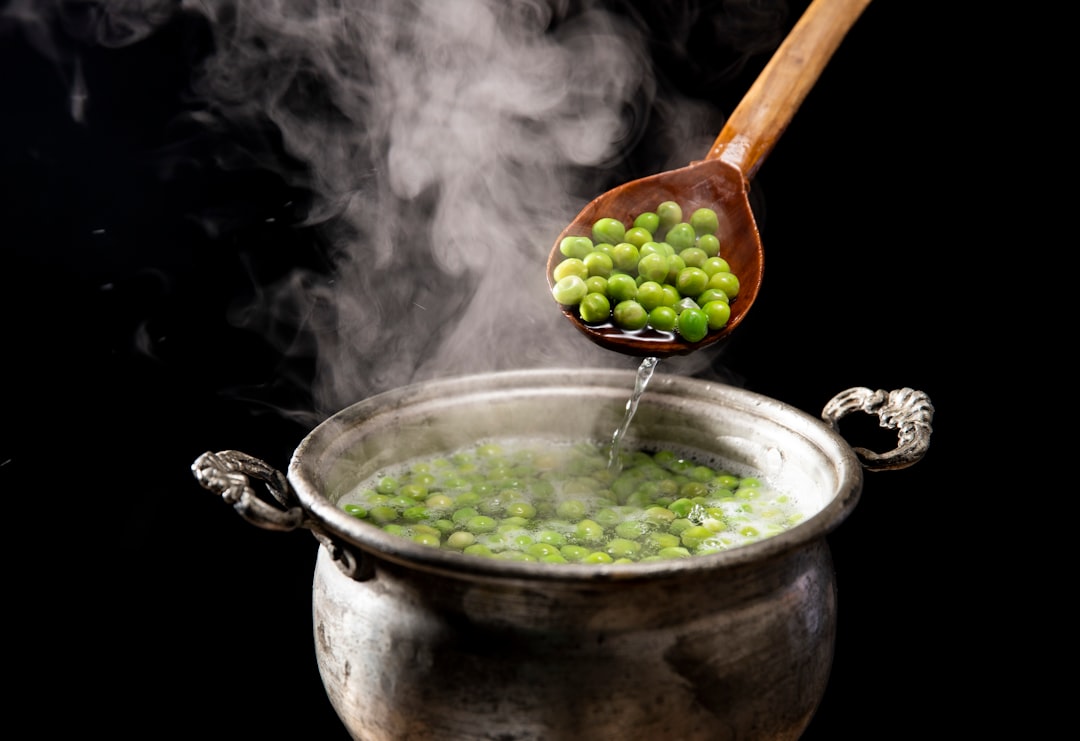
Split peas are staples for comforting soups that are also clinically comforting to the digestive system. They’re high in soluble fiber that thickens broths while feeding beneficial bacteria. Long, gentle simmering draws out that soluble fiber, producing a soothing texture and steady glucose response. Split pea soup with onions, garlic and a bay leaf is a classic and a simple way to get a concentrated dose of gut-friendly fiber. For added anti-inflammatory benefit, finish with a drizzle of extra-virgin olive oil and squeeze of lemon. If you use dried split peas, store them in a cool, dry place and avoid overly long simmer times that break down all texture; a little structure keeps meals more satisfying. These soups are budget-friendly, filling and easy to freeze in portions for later use.
6. Mung beans
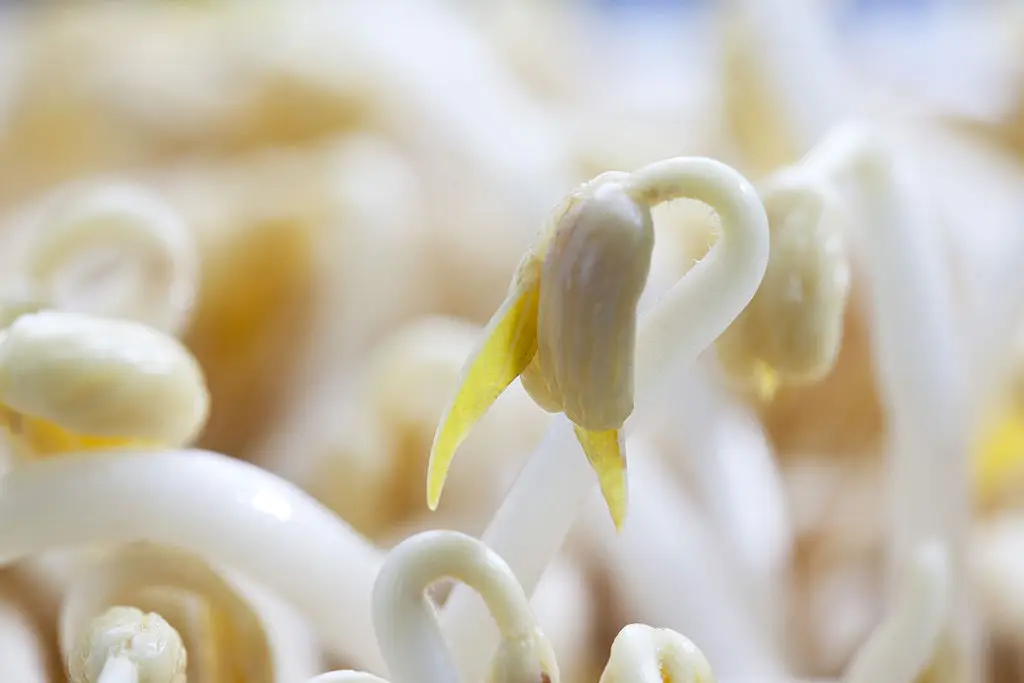
Mung beans are prized for how easily they sprout and for their gentle digestibility. Sprouting increases enzyme activity and can make some nutrients more available, which helps if you’re easing pulses into your routine. Both whole mung beans and sprouted mung beans have fiber and plant protein that support blood sugar balance and microbial diversity. Use sprouted mung in salads and stir-fries, or cook whole mung into a savory stew with ginger and garlic for an anti-inflammatory flavor profile. If you decide to sprout, rinse thoroughly and keep sprouts refrigerated; use within a few days. For cooking, simple seasoning and brief simmering preserve texture while reducing compounds that make digestion harder. Sprouts are a great way to add fresh crunch and growth-phase nutrients to everyday meals without much planning.
7. Adzuki beans
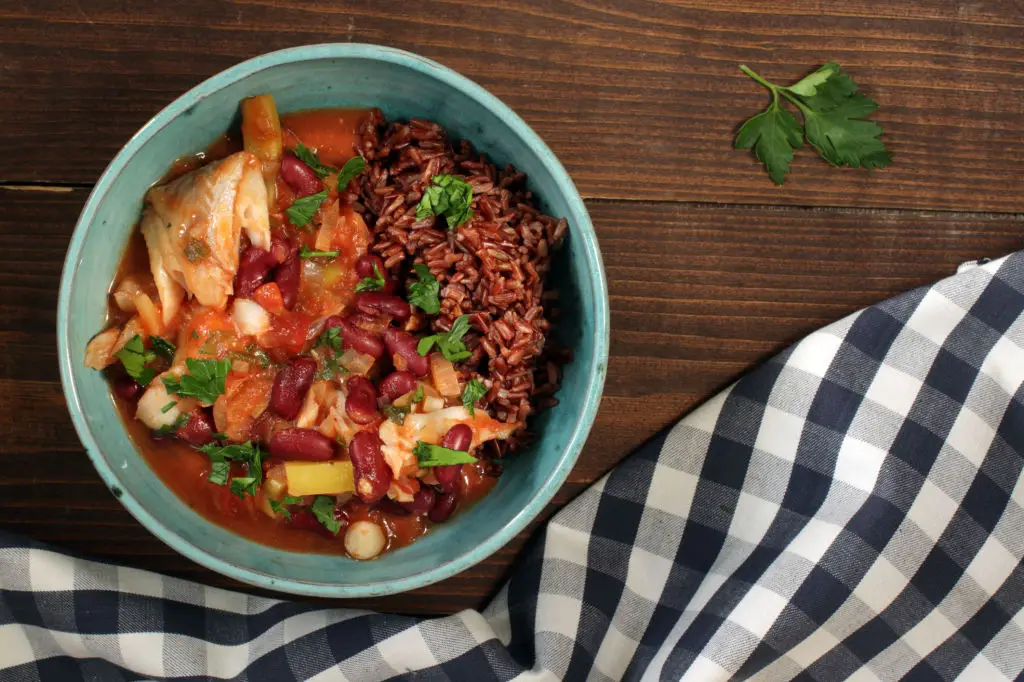
Adzuki beans have a mild, slightly sweet flavor and are rich in polyphenols compared with some other beans. They’re used widely in East Asian cooking for both savory and sweet preparations, and they make a pleasant, nutrient-dense base for stews that include anti-inflammatory spices. Adzuki contain fiber and minerals that support metabolic health and a healthy gut environment. They cook relatively quickly and mash easily, which makes them useful for spreads or as a textured addition to grain bowls. Try simmering adzuki with aromatic vegetables, a splash of miso or tamari and leafy greens toward the end of cooking to create a balanced, nourishing meal that supports long-term inflammatory balance.
8. Black beans
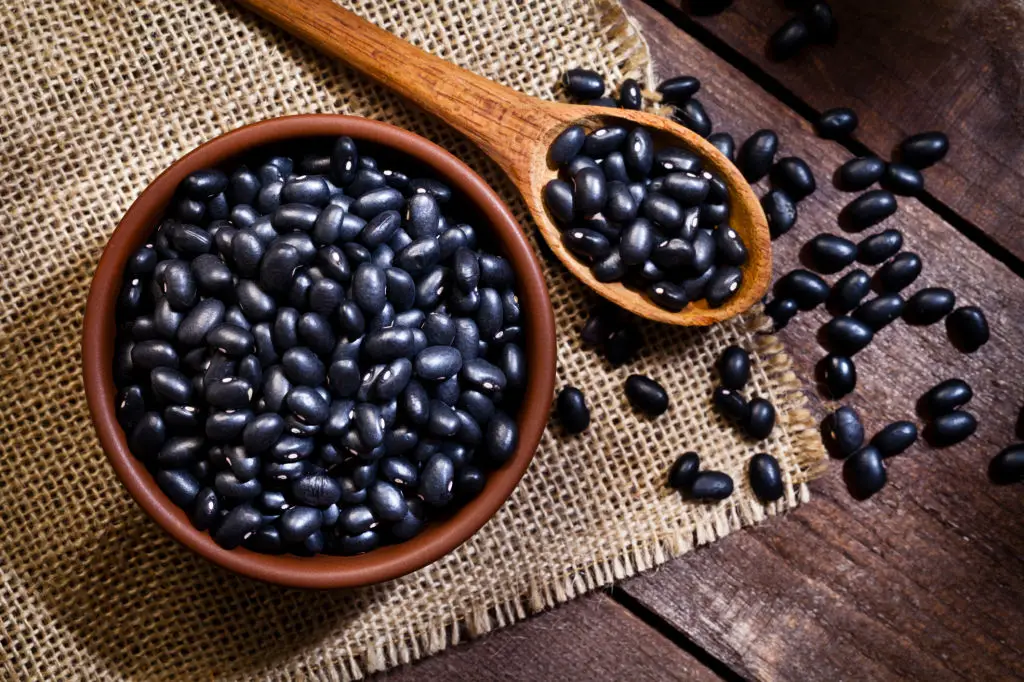
Black beans offer both fiber and dark pigments that are associated with antioxidant activity. That combination supports gut health and provides steady energy. Black beans are classic in Latin-inspired bowls and work well with avocado, lime, cilantro and cooked vegetables — ingredients that together supply anti-inflammatory fats, vitamin C and polyphenols. To reduce potential digestive discomfort, rinse canned beans well or soak and cook dried beans thoroughly. Slow-cooked black bean stews or a chilled black bean and corn salad are practical ways to get multiple anti-inflammatory nutrients in one meal. When you build a bowl around beans, add a handful of raw greens or pickled vegetables to increase variety and micronutrient density without much extra effort.
9. Navy beans

Navy beans are a mild, creamy white bean that shine in soups and purees. They’re high in soluble fiber, which supports both digestion and cholesterol management — two pathways that touch inflammation. Navy bean soup with chopped kale and a finishing spoonful of olive oil provides a mix of soluble fiber, polyphenols and healthy fats that work together to reduce inflammatory triggers over time. If you’re using canned navy beans, drain and rinse to reduce sodium. Dried navy beans benefit from a long, slow simmer that melts them into comforting textures without needing lots of added fat. These beans are an excellent option when you want something soothing and deeply satisfying on a cool evening.
10. Cannellini beans
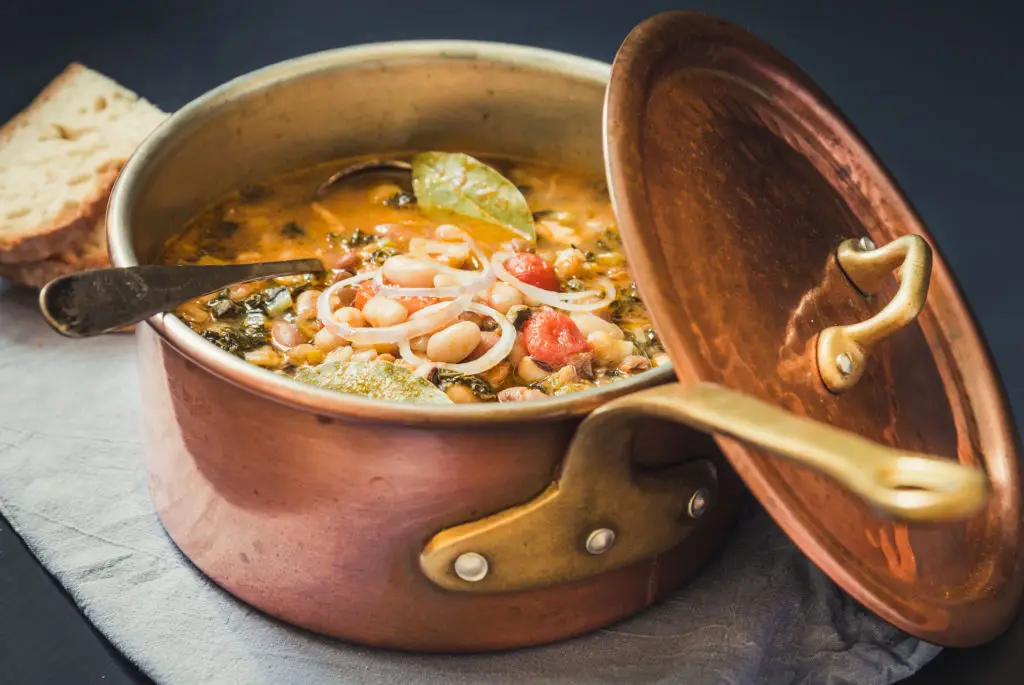
Cannellini beans are the creamy Italian white bean often found in stews and minestrone. They carry fiber, magnesium and potassium, nutrients that support cellular function and recovery. Their tender texture makes them ideal for pairing with extra-virgin olive oil and bitter greens — a classic combination that delivers anti-inflammatory monounsaturated fats and polyphenols. A simple cannellini stew with tomatoes, garlic and rosemary is a good template. If you appreciate texture, sauté aromatics first to build flavor, then add beans and finish with lemon or vinegar to brighten the dish. These small culinary steps make plant-forward eating feel deliberate and delicious without extra effort.
11. Pinto beans
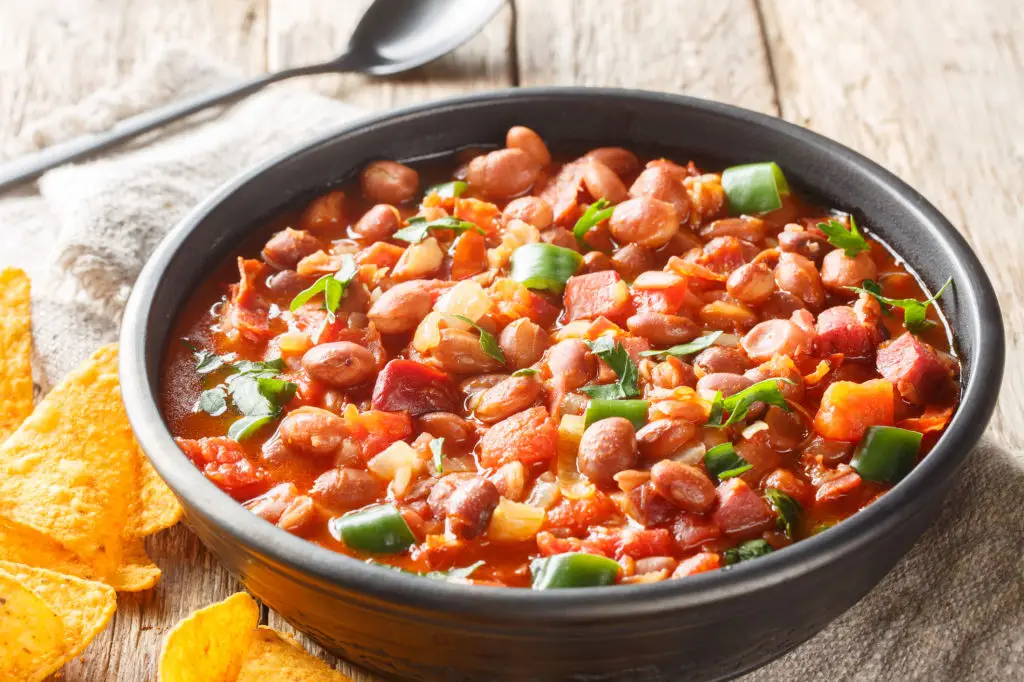
Pinto beans are familiar in many home kitchens and they’re rich in both soluble and insoluble fiber as well as polyphenols. They create a smooth base for refried-style preparations or a chunky chili. Mashed pinto beans swapped for some of the meat in tacos or burritos is an easy way to cut saturated fat while keeping protein and satiety. Slow-cooking pinto beans with onions, tomatoes and cumin extracts warming spices that pair well with anti-inflammatory ingredients like garlic, cilantro and lime. These beans are also forgiving to batch-cook and freeze in portions, making it simple to add a fiber-rich component to a variety of meals throughout the week.
12. Kidney beans
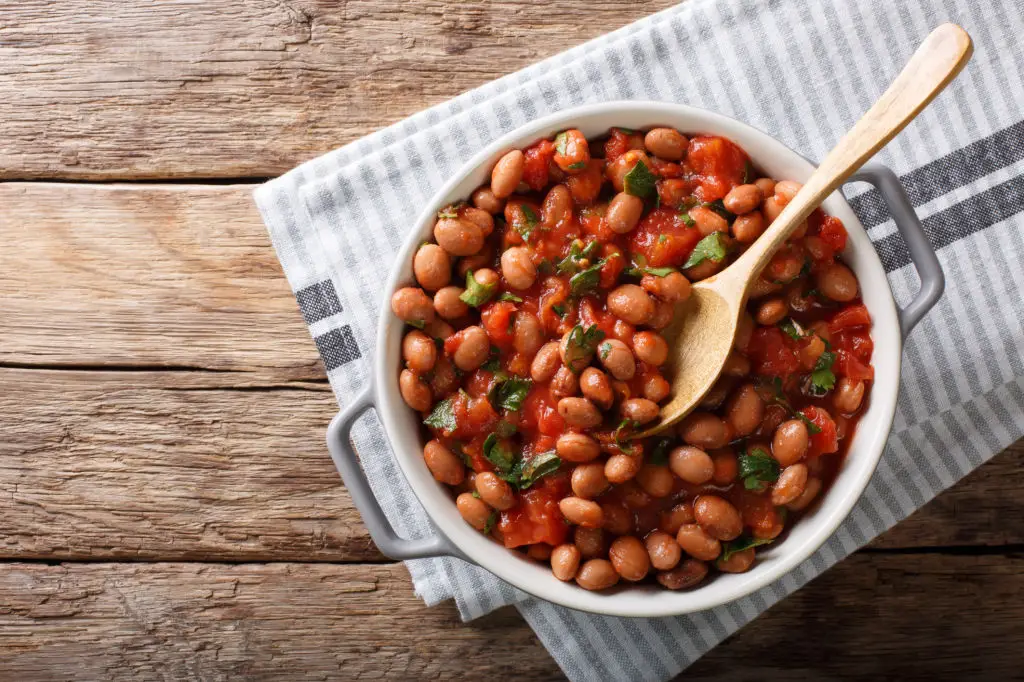
Kidney beans’ deep red color signals antioxidant pigments that work alongside their fiber and plant protein. They’re traditional in chili and one-pot meals that can be made with lots of vegetables for added anti-inflammatory value. Dried kidney beans need thorough cooking to neutralize heat-sensitive compounds; pressure cooking or long simmering is effective. If you choose canned kidney beans, rinse well and add fresh herbs or a squeeze of citrus at the end to enhance flavor without much sodium. Pair kidney beans with omega-3–rich toppings like ground flax or chopped walnuts for a more balanced anti-inflammatory meal.
13. Fava beans (broad beans)
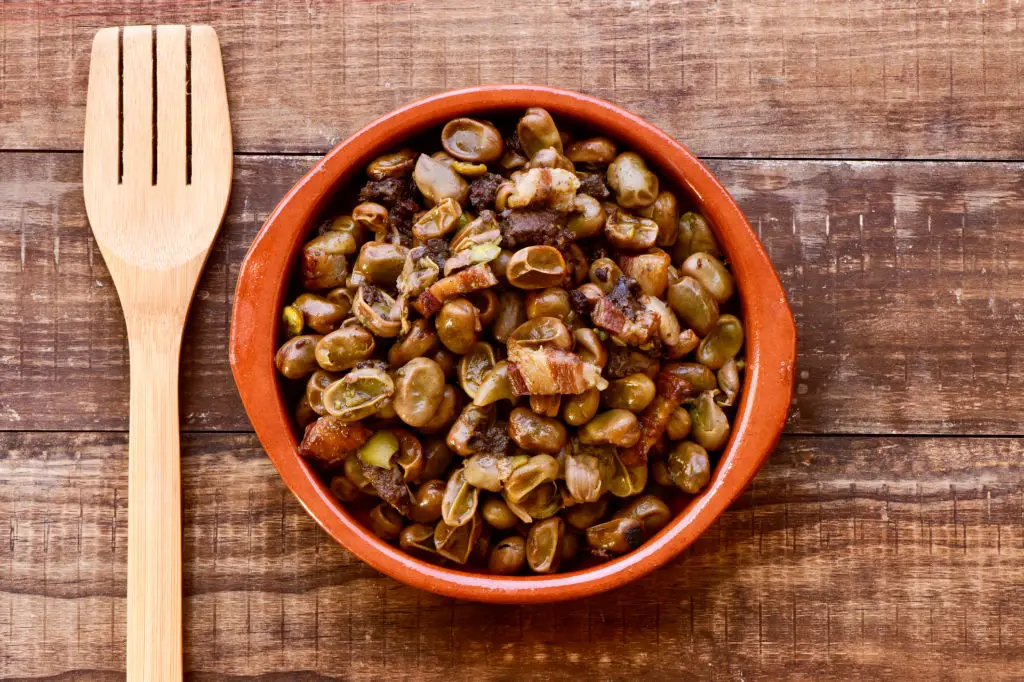
Fava beans are less commonly stocked but very nutrient-dense. They come in both fresh and dried forms and have a buttery texture when cooked. Fava beans provide fiber, B vitamins and minerals that support energy and repair. Fresh fava beans need shelling and sometimes peeling, which is slightly more hands-on but worth the result. Simmer fava beans with garlic, tomato and lemon, then finish with a swirl of olive oil. Because they’re filling and flavor-friendly, fava beans are useful when you want a more substantial plant-protein main that still prioritizes anti-inflammatory ingredients and healthy fats.
14. Black-eyed peas (cowpeas)
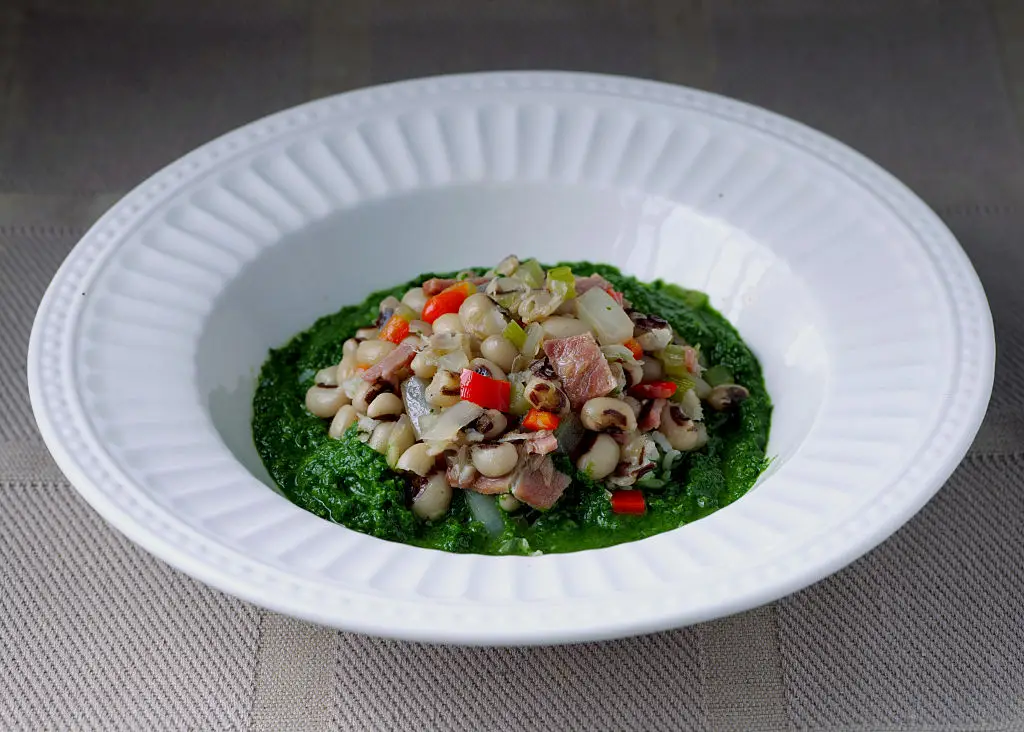
Black-eyed peas are a Southern and West African staple with a gentle flavor and high folate content. They’re great in stews, salads and traditional dishes like Hoppin’ John. Their fiber supports a balanced microbiome and helps maintain even blood sugar. Dried black-eyed peas cook quickly compared with some larger beans; a soak or quick rinse speeds things up. Pair them with bitter greens and a drizzle of olive oil to create a simple anti-inflammatory plate. Because they’re mild, they accept a wide range of spices — try smoked paprika or a fresh herb finish to keep meals bright and satisfying.
15. Lupini beans

Lupini beans are a Mediterranean snack tradition that’s high in protein and fiber. Properly prepared lupini have had bitter alkaloids removed through soaking and brining; purchase pre-brined lupini or follow reliable instructions before eating home-prepared beans. They’re eaten as small snacks or chopped into salads and provide a concentrated dose of plant protein with minimal carbs. Because lupini are less common in North American kitchens, they feel special on a board or plate and can act as a crunchy, savory way to increase pulse intake. Note: lupini can cause allergic reactions in some people and aren’t recommended for those with known legume allergies. When used safely, they’re another pantry option to diversify pulse-driven anti-inflammatory strategies.
16. Cowpeas (Crowder/Cream Peas): The Gut-Calming Mineral Source

Cowpeas, particularly the crowder and cream pea varieties, are lesser-known relatives of the black-eyed pea with a remarkably creamy texture when cooked. Their standout contribution to an anti-inflammatory diet is a high concentration of magnesium and zinc, two minerals often deficient in modern diets but essential for cellular repair and immune function. Magnesium plays a direct role in regulating inflammatory markers, while zinc supports the integrity of the gut lining. These peas also contain gentle soluble fiber, making them easy on the digestive system. Simmer them with gentle aromatics like onions and mild herbs until they melt into a tender consistency. Their mild flavor allows them to blend seamlessly into vegetable purees or serve as a highly digestible base for a calming, nutrient-dense side dish.
17. Great Northern Beans: The Digestive Relief Pulse
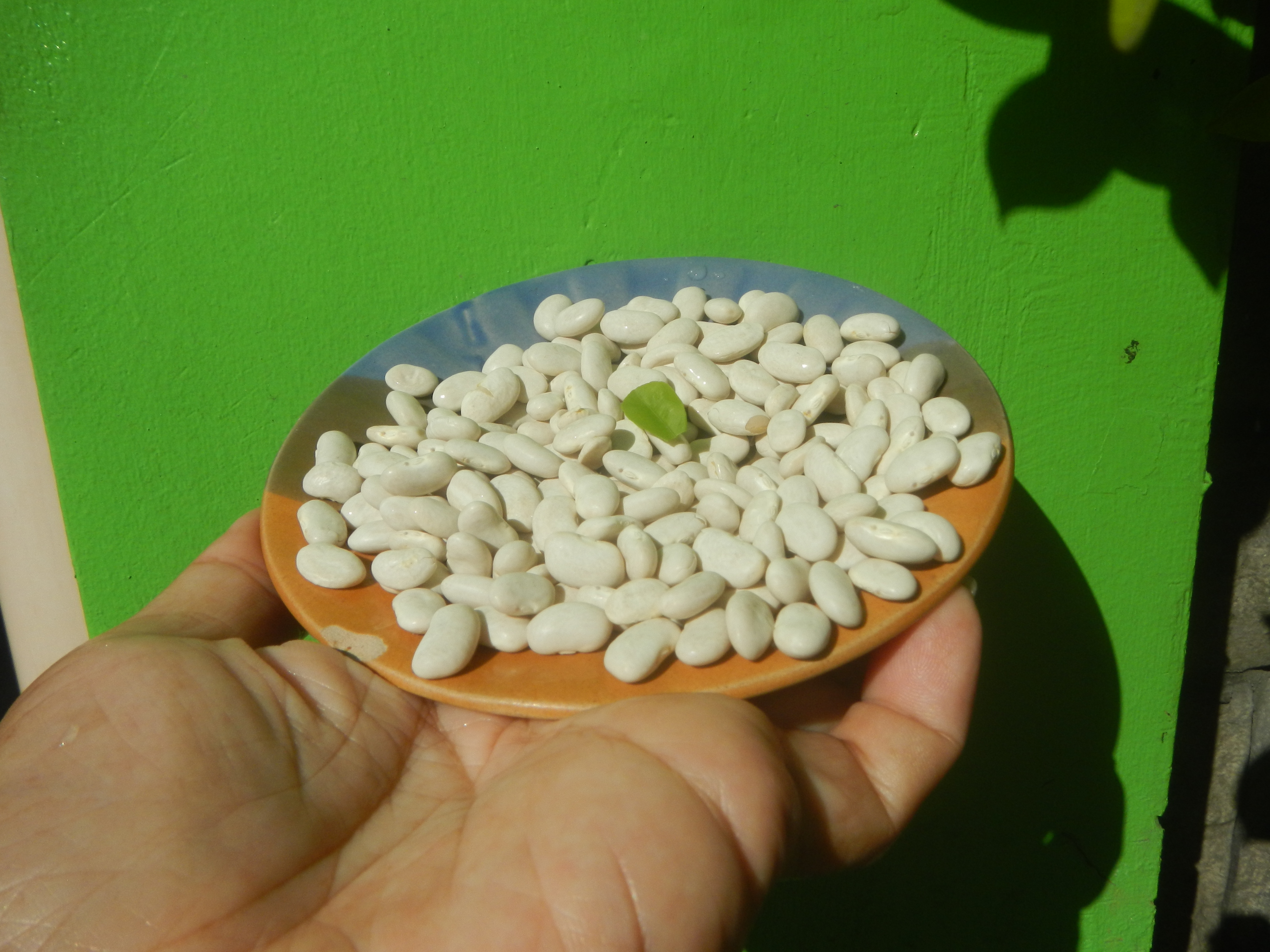
Great Northern beans are a large, mild-flavored white bean, celebrated for their thin skin and creamy texture when cooked, making them particularly easy on the digestive system compared to many other pulses. They offer a potent mix of soluble fiber and resistant starch, which slowly feeds the colon's beneficial bacteria, promoting the production of short-chain fatty acids (SCFAs) that are vital for reducing chronic gut inflammation. They are also a good source of folate and magnesium. Their neutral flavor makes them perfect for blending into smooth dips, pureeing into thick, creamy soups, or using as a mild base for casseroles. Properly soaking and cooking these beans unlocks maximum benefits with minimal gassiness.
Wrap-Up: Make Pulses Part of Your Everyday Anti-Inflammatory Plan
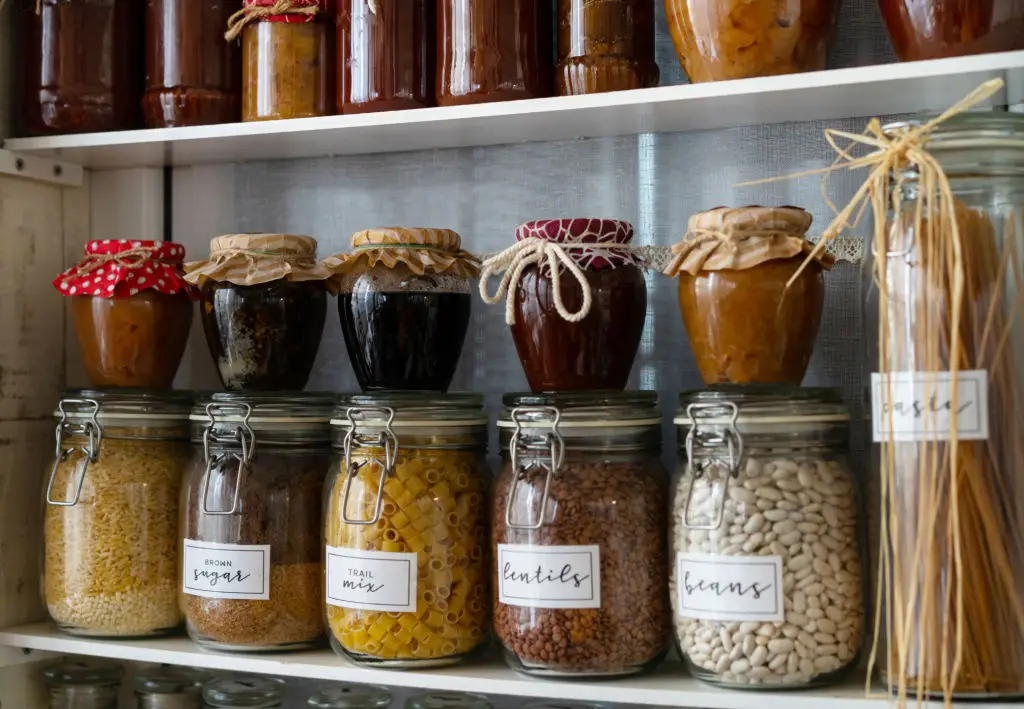
Pulses are quietly powerful partners for anyone aiming to reduce chronic inflammation in practical, sustainable ways. They don’t work exactly like berries. Instead of delivering a quick antioxidant boost, pulses strengthen the everyday systems that influence inflammation: steady blood sugar, daily fiber for gut microbes, and concentrated plant protein to support repair. Rotating different pulses into your meals makes it easier to get a range of phytonutrients and textures that keep eating interesting. Simple habits help: rinse canned beans, soak or sprout when helpful, cook thoroughly and pair pulses with anti-inflammatory fats like olive oil and spices such as turmeric, ginger and garlic. These changes are small and doable — a cup of lentils in a soup, a scoop of hummus at a snack, or a bean-rich salad for lunch can shift your weekly pattern toward calmer inflammation. Keep varieties on hand, experiment with pairings, and celebrate the small wins. Over weeks and months these practical swaps accumulate into meaningful improvements in how you feel and recover. If you’re managing a specific health condition, consult your clinician or a registered dietitian for tailored guidance. Otherwise, give a few of these forgotten pantry pulses a try this week. Your pantry already holds simple tools for quieter inflammation and more resilient energy.